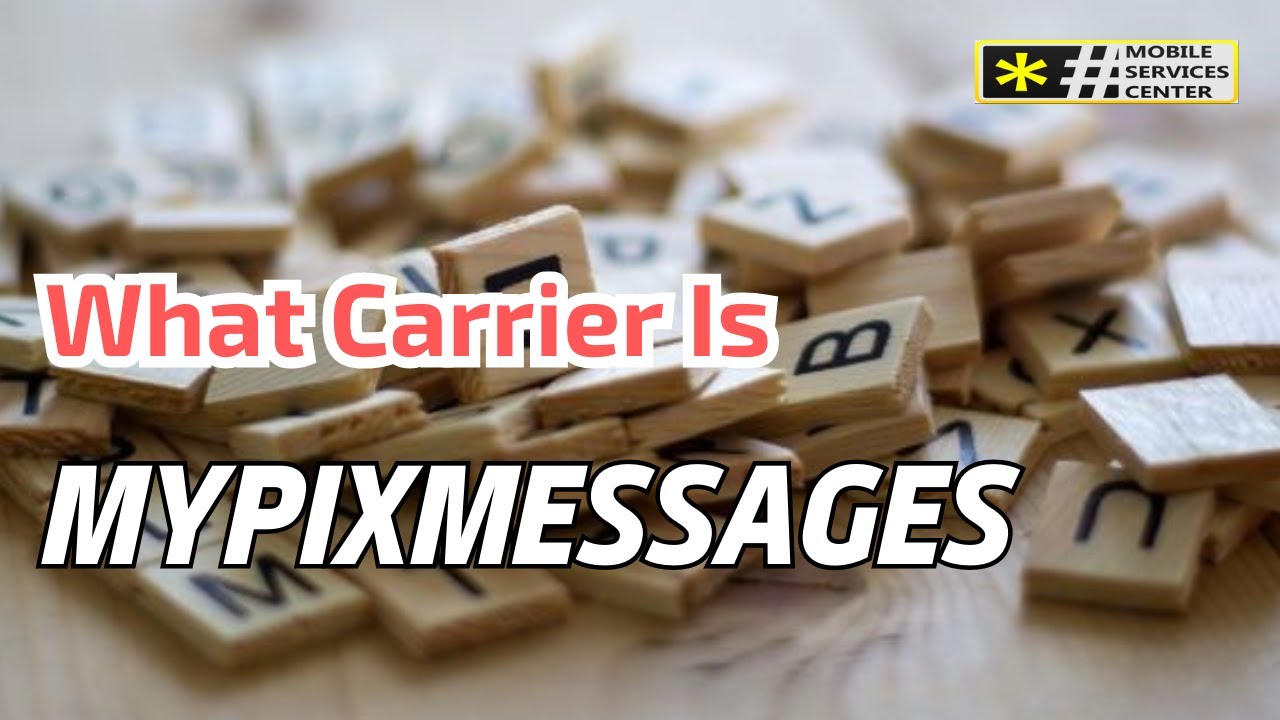If you’ve ever inspected the details of a picture message on your phone, you might have come across a strange sender address ending in “@mypixmessages.com.” This can be confusing, leading you to ask the very valid question, “what carrier is mypixmessages?”
While it’s easy to assume “mypixmessages” is a new mobile carrier you haven’t heard of, the reality is a bit more technical. This guide will explain what this service is, which well-known carriers use it, and why you are seeing it on your device.

Understanding “mypixmessages”: Not a Carrier, But a Gateway
First and foremost, “mypixmessages.com” is not a mobile carrier itself. It is a domain name for an MMS gateway, which acts as a bridge between the internet and a carrier’s text messaging network.
What is an MMS Gateway?
An MMS (Multimedia Messaging Service) gateway is a crucial piece of technology that allows multimedia messages—like pictures, videos, and audio files—to be sent from an email address directly to a phone number. Each carrier has its own unique gateway address.
For example, when you send a picture from your email to a phone, you would address it to something like [email protected]. The gateway receives the email, converts its content into a picture message, and delivers it to the phone number. The domain mypixmessages.com serves as this bridge for several specific carriers.
So, What Carrier Is Mypixmessages?
Now to answer the core question. While “mypixmessages” isn’t a carrier, it is the designated MMS gateway for a number of popular mobile providers in the United States. If you see this domain, the message likely originated from a user on one of the following networks:
- Xfinity Mobile
- Straight Talk
- Spectrum Mobile
- Page Plus
The Common Link: The Verizon Network
You might notice that many of these providers are Mobile Virtual Network Operators (MVNOs). An MVNO doesn’t own its own wireless network infrastructure; instead, it leases network services from one of the major carriers. In this case, carriers like Xfinity Mobile, Straight Talk, and Spectrum Mobile primarily operate on the Verizon network, which is why they often share this particular MMS gateway infrastructure.
Why You Might Encounter “mypixmessages”
There are two main scenarios where you would see the mypixmessages.com domain.
- Receiving a Picture Message
This is the most common reason. If a friend or family member who uses Xfinity Mobile, Straight Talk, or another carrier on this list sends you a picture message, your phone might display the sender’s technical address as [their phone number]@mypixmessages.com when you view the message details. It’s a normal part of how the message was routed to you.
- Setting Up Email-to-Text Services
The other scenario is more technical. If you are setting up a service—like a home security camera, an application notification, or another automated system—to send alerts with images to your phone, you need to know your carrier’s MMS gateway address. If you are a customer of one of the carriers listed above, you would use the [email protected] format to receive those picture alerts as text messages.
What You Can’t Do with mypixmessages
It’s important to understand the limitations of this service to avoid confusion.
There is No Login Portal
One of the most frequent questions that arises is how to log into “mypixmessages.” The answer is simple: you can’t. Because it is a backend gateway and not a consumer-facing service, there is no website where you can log in to view or manage your messages. All of your messages are stored on your phone in your messaging app. To manage your mobile account, you must use your carrier’s official website or app (e.g., the Xfinity Mobile or Straight Talk portal).
Conclusion
To summarize the answer to “what carrier is mypixmessages?”: it is not a carrier, but an MMS gateway service used by several providers, most notably Xfinity Mobile, Straight Talk, and Spectrum Mobile. Seeing this address in your message details is a normal part of how mobile networks deliver pictures and videos from one phone to another. It isn’t a cause for concern, but rather a small glimpse into the technology that keeps us all connected.


